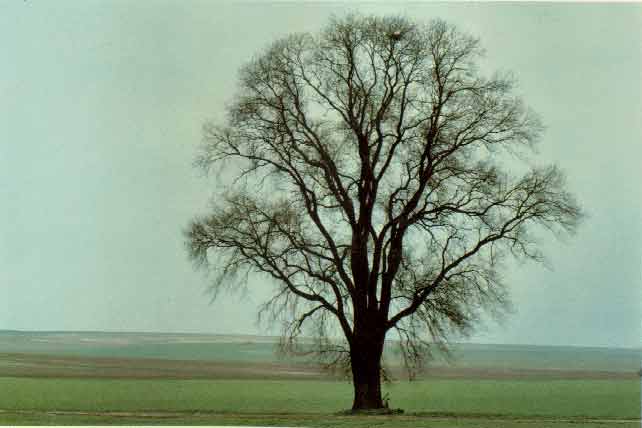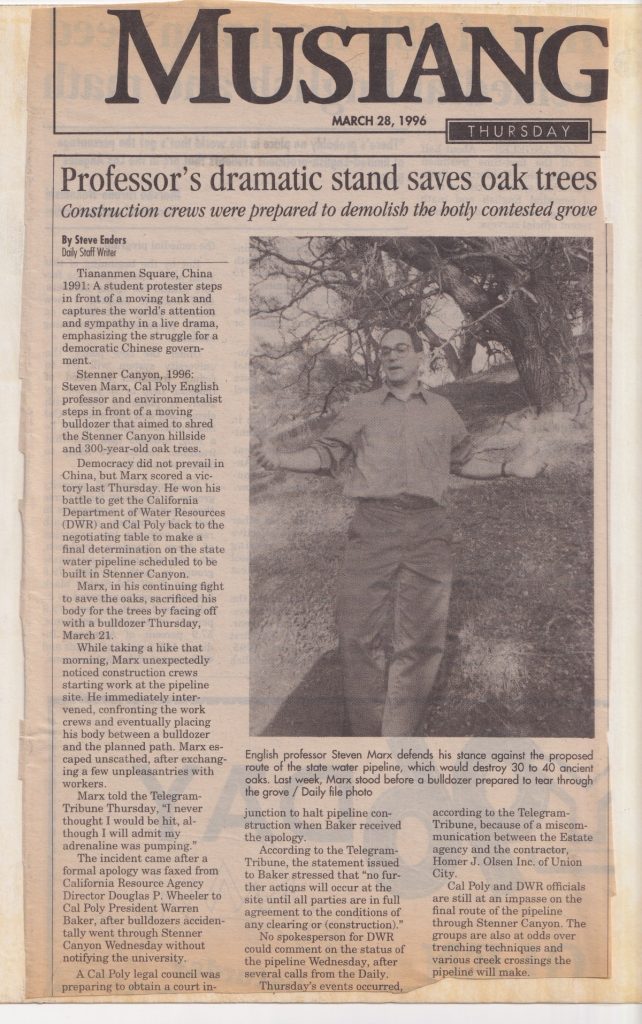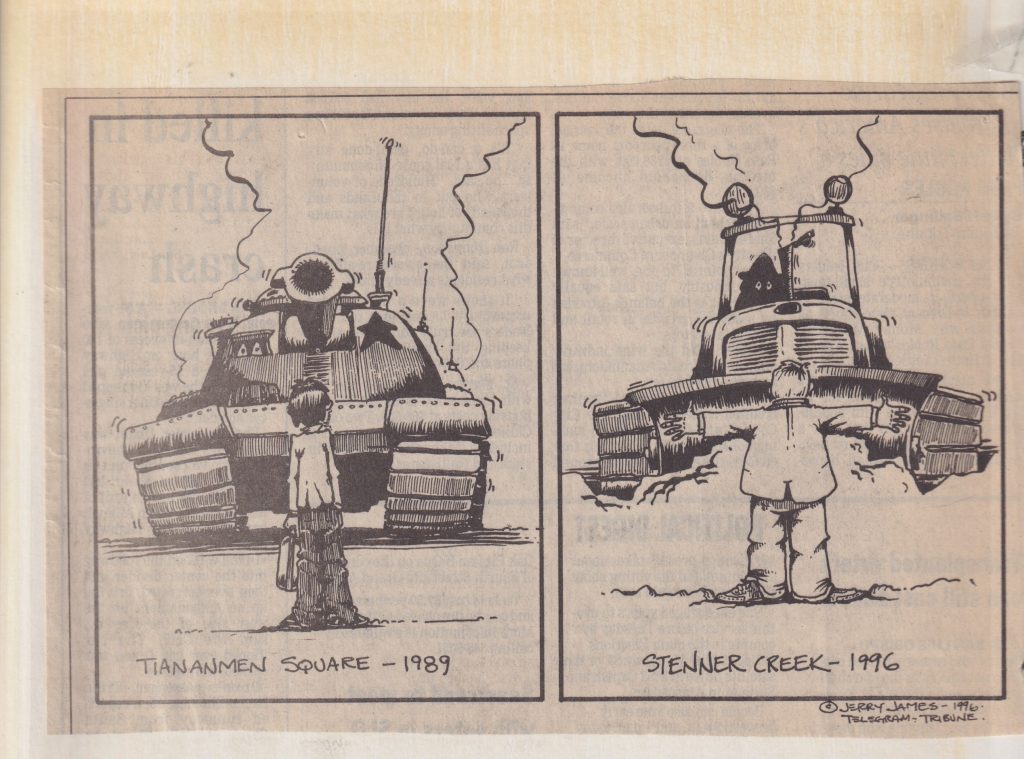From: “Powers, Richard S” <[email protected]>
Subject: RE: ATTN: Richard Powers
Date: February 28, 2020 at 8:52:00 AM PST
To: “Steven R. Marx” <[email protected]>
Dear Steven Marx,
What pleasure it was to get your good and thoughtful letter. Your words were very satisfying to hear, and I was delighted to hear of the connections between your personal journey and the journey I made while writing The Overstory. It also moved me to learn of Eagle Waltz, whose productive response to a challenging situation would have made a wonderful addition to my fictional version of that challenge. I look forward someday to hiking that trail he mapped and built. Thanks for telling me about it, and for taking the time to write me with your generous words.
With gratitude,
Richard Powers
From: Steven R. Marx
Sent: Wednesday, February 26, 2020 3:31 PM
To: [email protected]; Powers, Richard S
Subject: ATTN: Richard Powers
Dear Richard Powers
I’ve been meaning to write to you since last September when I finished reading The Overstory. I kept putting it off until now because I felt shy of requesting the attention of an author I so admired. The fact that the book affected me so deeply and personally was outweighed by reluctance to add to what must be a heavy load of fan mail from others in whom it’s created a need to share some of their stories. But after all this time, and as I ready to tackle The Echo Maker, the resistance has crumbled.
I learned about The Overstory from Eagle Waltz, an old friend from back-to-the-land hippy days near the end of the road in Lund, British Columbia, where I moved from New York with my wife Jan in 1970, lived in the woods for nine years, and where we return annually with our children and grandchildren. Eagle was another exile at the time, from Germany, who was entranced by the wilderness and horrified, like all of of us, by the systematic destruction of old growth forests whose grave markers we lived among in the form of gargantuan springboard-nicked stumps. Rather than merely learning to live with that grief, Eagle decided to try to save the few grand specimens still scattered through endless slash and second or third growth plantations by mapping and building a 150 mile-long hiking trail connecting the old sages. He calculated that opening the back country to locals and eventually tourists would produce support for his lifelong efforts to negotiate with logging companies and the government to spare the last remnant, which it has done.
The book’s connection with Eagle and its portrayal of the pain of outsiders who moved to the woods and ended up in industrial logging zones created one bond. But then there was Stanford/Palo Alto/East Palo Alto. I had moved there first in 1963 to go graduate school in English in order to avoid the draft after being kicked out of the Peace Corps for being “too intellectual” and having “the wrong attitude toward authority.” Jan and I met at a poetry seminar In the Free University of Palo Alto, got into lots of trouble and fun as student activists, married in the backyard of a cottage we rented in EPA, moved to NYC where I taught at Columbia for three years and then emigrated to Canada. Nine years later we returned to Palo Alto so I could complete the dissertation on pastoral ideals and the life cycle I’d started fourteen years earlier. My interest in trees was rekindled when, unable to secure decent academic employment, I became a part-time arborist. A couple of years later upon yet another return to Stanford as lecturer I also worked on the tree crew and wrote a piece for the Stanford Magazine about the combination. After four years, and having secured a tenure track job at Cal Poly San Luis Obispo, I gave a capstone talk for “Literature and the Arts in Western Culture” entitled “Everythihg’s Dead but the Tree.”
Its clear from descriptions of other books of yours I plan to read that trees are but one region of your exploration, and I look forward to discovering some of the others. But the striking intersections between the incidents, places and passions so compellingly narrrated in this novel and episodes in my life make me feel uniquely part of The Overstory.
Gratefully,
Steven Marx





